"Mantel Clock 19th Century Empire Style By Cérés In Paris"
Empire clock signed in Paris The mantel clock is in gilded bronze representing Ceres as a goddess of fertility, agriculture, grain crops and motherly relationships. In ancient Rome she was worshiped by people in order to provide her favor in the form of abundant harvest, bring fertility to the crops as well as fertility of woman. The Empire style was based on elements of the Roman Empire and its many archaeological treasures, which had been rediscovered starting in the eighteenth century. The goddess is presented in a delicate dress adhered to the forms of her body, sickle in hand with wheat bunch, sitting on the top of the clock case with wheat bundles beside her. She is holding an undulating stola that frames her serene face, giving an impression of a breezy scene. The figure's pose perhaps might be inspired by a painting by Jaques Stella titled "The Triumph of Galatea", where a figure of Galatea is also presented under a beneath a drapery arch. The white enamel dial with Roman and Arabic numerals and gilt bronze hands carries a signature in Paris, including 8-day spring driven anchor movement with silk suspended pendulum, count wheel half hour striking on a bell. The ormolu bronze clock case is composed of a column plinth with relief of a x-crossed tree branch tied with ribbon, male face moldings simulating water fountains and bordered at the bottom with a leaf motif framing. The oval base of the clock with fine high reliefs raised on six toupee feet supports this magnificent nineteenth century clock. The reliefs at the front depict laurel round wreaths beside a frieze with two winged-serpents quenching their thirst in a water fountain while being afloat. The serpent (a creature which represented rebirth in nature and the fertility of the earth) was the animal most sacred to Ceres. A pair of winged-serpents drew her chariot according to mythology. The sides of the base are also decorated with leaf motif border resembling barley leaves. LITERATURE A similar figure on the clock can be found in the Pierre Kjellberg, "La Pendule Française du Moyen Age au XXe Siècle", 1997, p. 448, pl. B, however the goddess depicted in it is Amphitrite sailing on a conch escorted by a swan, duck and a dolphin. The clock is also crafted from gilded bronze mainly. 












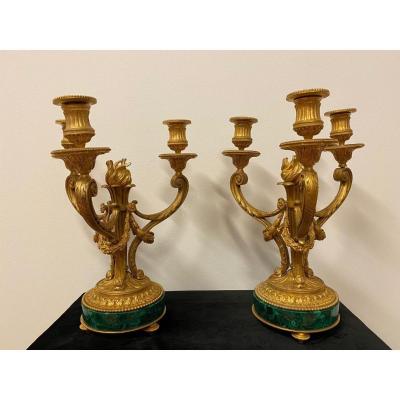
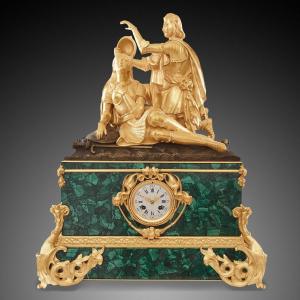



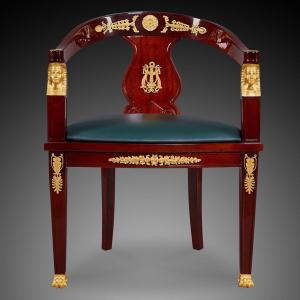
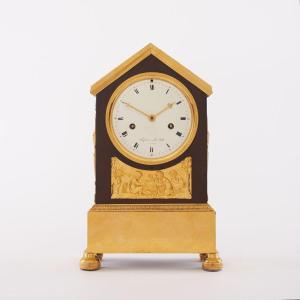
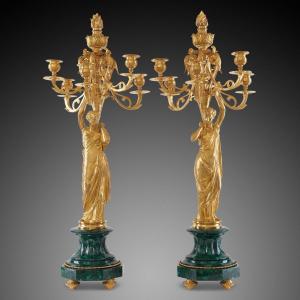

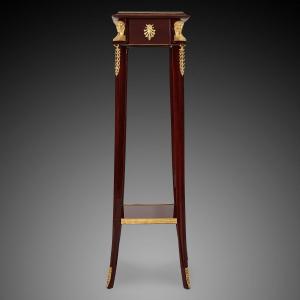
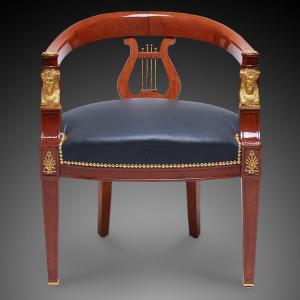

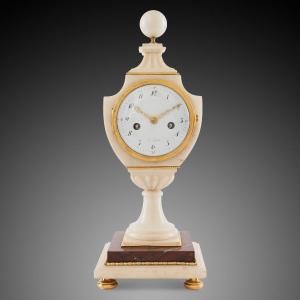



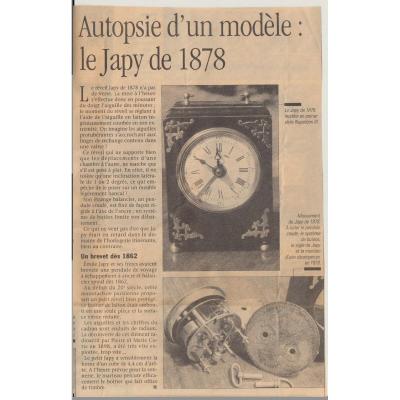






 Le Magazine
Le Magazine Rivista Artiquariato
Rivista Artiquariato TRÉSORS magazine
TRÉSORS magazine